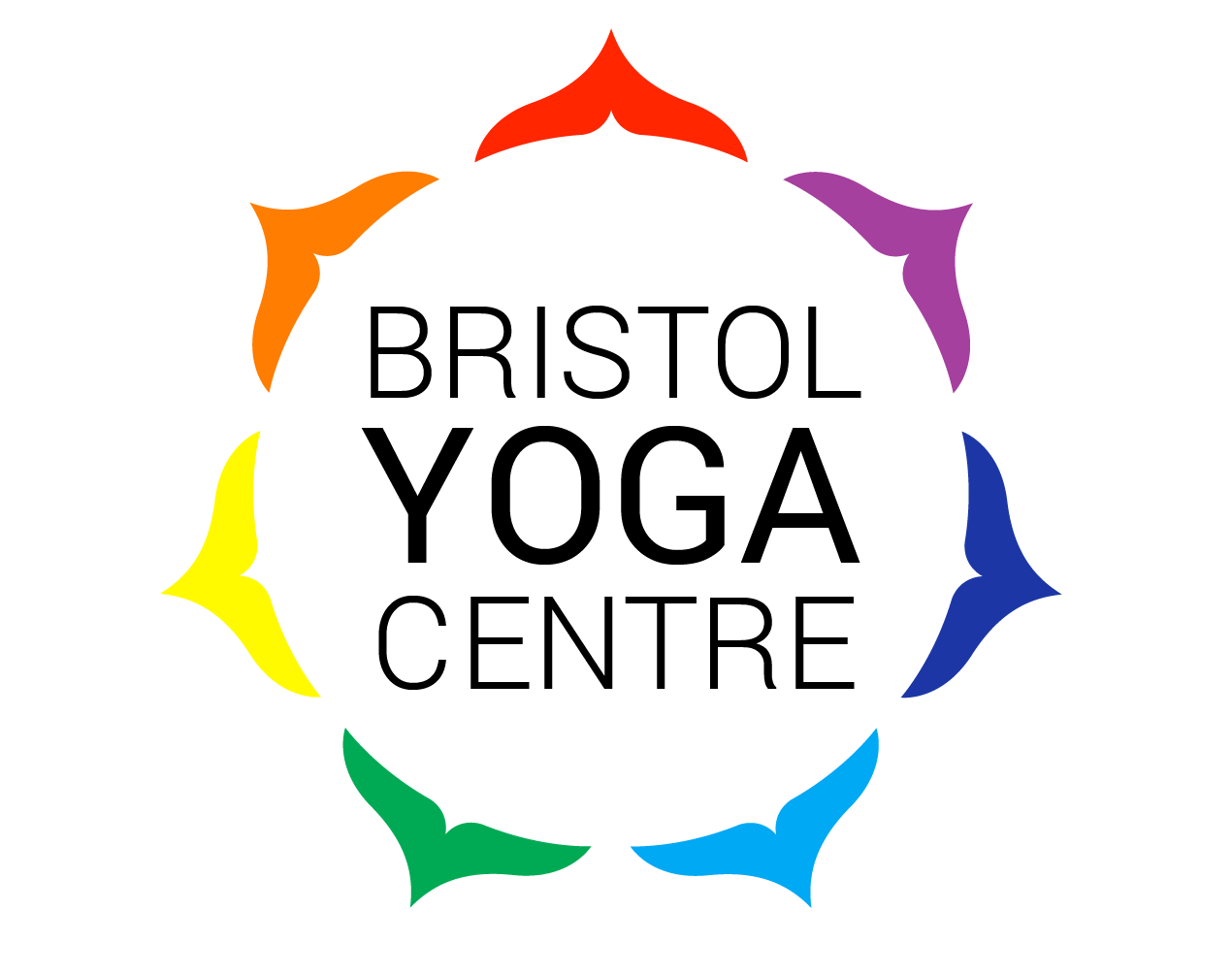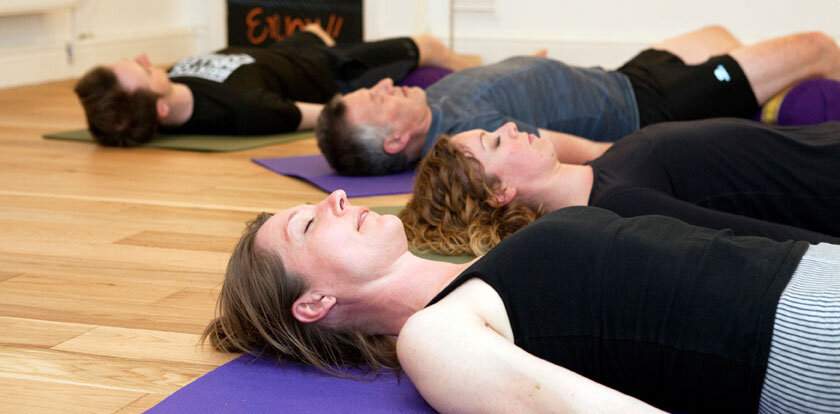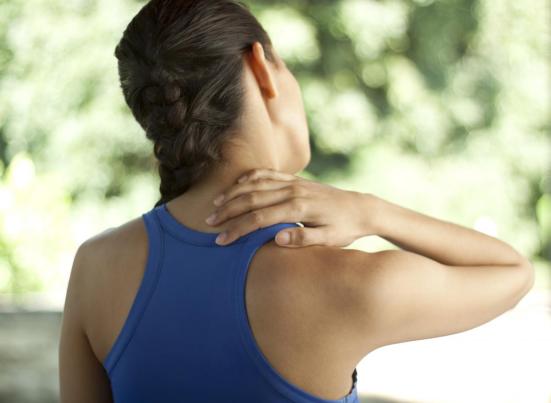Differential Relaxation Technique
Differential relaxation exercise is thought to be one of the easiest and most effective ways to learn how to reduce tension. It’s commonly used as a stress management tool and for improving overall physical performance.
We tend to tense and over work many muscles that could be in a state of relaxation. In this technique, you’ll learn how to relax the muscles that you’re not using and only use the muscles that you essentially need. For example, if you’re typing, you need to move your hands and arms but you can relax the shoulders, neck and facial muscles. This will help you to feel less tired and more energetic throughout the day and help you avoid building unwanted tension. This concept can be applied to many activities including walking and running.
This principle can also be used in your yoga practice. In any posture, some parts of the body and certain muscles are actively involved in achieving and maintaining the posture, while others are involved to a lesser extent or completely relaxed. For example the tree pose; your legs, hips and trunk of the body need to be engaged but you can relax other parts of your body such as shoulders, neck and facial muscles. This relaxation technique will assist you to become more conscious of your body and improve your practice. Try using this method next time your on you’re yoga mat.
It’s thought that elite athletes can achieve a state of differential relaxation more easily than other people. The method avoids creating unwanted tension, which can interfere with the performance of skilled movements.
Try and incorporate this technique in your everyday activities and learn to keep your body relaxed. Remember to:
Use only parts of the body that you need
Relax the parts of the body that are not being used
Exercise
1. Lie in Savasana (full relaxation pose). Try tensing one part of the body and being aware of all the other parts of the body being relaxed.
2. Sit up and feel the whole body. Be aware of parts of the body that are working to keep you upright. Try and relax parts of the body that are not being used.
3. Now try standing up and doing the same
4. You can also try walking around and see if you can keep yourself as relaxed as possible
Awareness is the greatest agent for change - Eckhart Tolle


